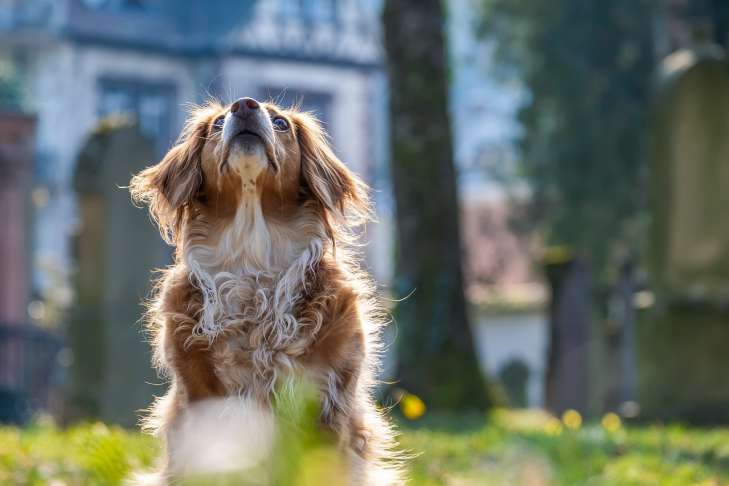Even though dogs make eye contact with humans, the canine brain may not recognize faces the way the human brain does.
A new study published in JNeurosci suggests that the dog's visual system is organized differently than that found in primates.
How does a dog's visual system work
Dogs have wider peripheral vision than humans (their viewing angle is 250 degrees, while humans have 180 degrees), but the sector of best visibility is narrower.

This is because predators need to focus on the prey in front, but not lose sight of their surroundings.
The lens refracts light and projects it onto the retina;
The retina is responsible for night vision, recognizing color, light and shadow with the help of special photoreceptors - rods and cones.
In dogs, it is conventionally divided into two parts.
The upper one is responsible for the sharpness of night vision, the lower one for the clarity of vision in bright light.
What color do dogs see us in
Dogs have dichromatic vision, which means they only see blue and yellow.
At the same time, people perceive the world in blue, yellow and red.
Dogs see dark brown instead of red.
They perceive green as beige, and purple as blue.
How a dog sees its owner
Dogs mainly navigate by smell; they also use sight and hearing to recognize their owner.
Dogs have a sensitive sense of smell.
When interacting with its owner, the pet remembers its unique smell, which allows it to be distinguished from others.











